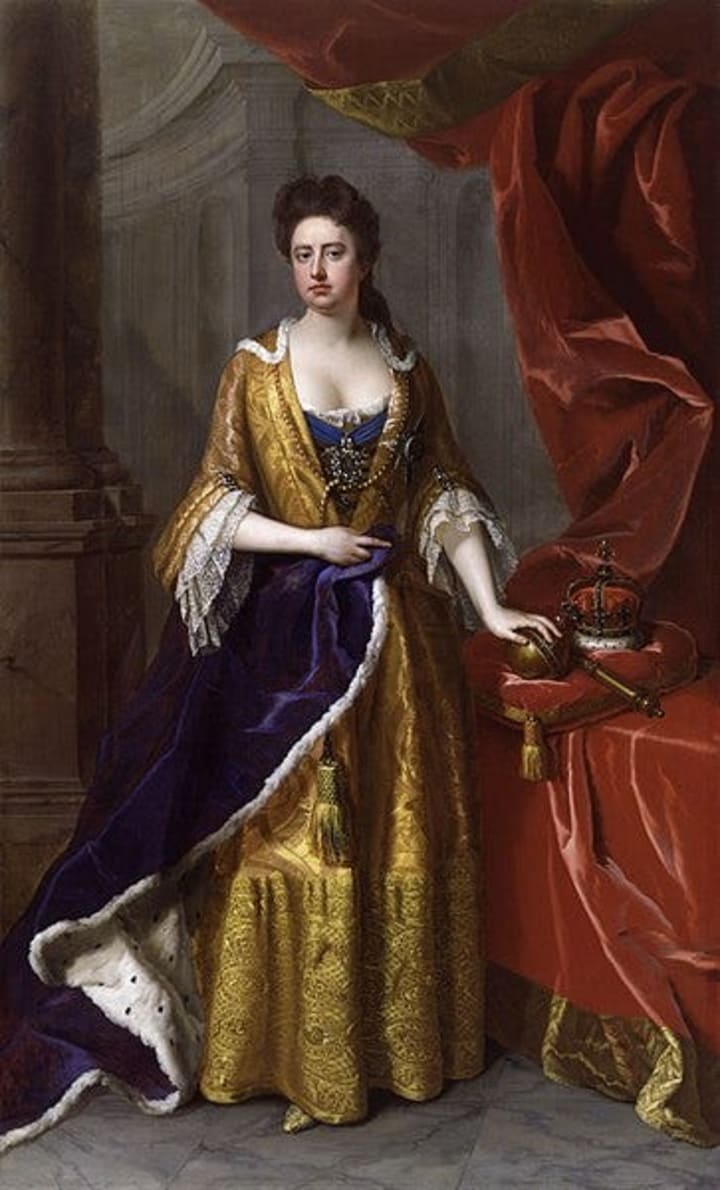
When we imagine the King or Queen of any country, we picture a sole ruler reigning atop their land. This is especially prevalent with the British Monarchy where a single monarch rules the country while married to a consort who wields no actual power in terms of governance.
Prince Philip was never the King while Queen Elizabeth II was on the throne. While female consorts like Queen Camilla are referred to as “Queen,” they do not possess the same power as a reigning monarch. Only once in the history of the British monarchy did both King and Queen rule side-by-side with completely equal power.
Let us take a look at the story of the only co-regency in British history. This is the story of the reign of William and Mary.
Background

To properly explain how this unprecedented co-regency came into place, we must first look into the story of Britain’s previous monarch, King James II. Best known as Britain’s last Catholic King, James was not born a Catholic but converted to Roman Catholicism following his second marriage.
Despite his conversion coming at a time where tensions between Catholics and Protestants were particularly high, James’ ascension to the throne was relatively peaceful. However, as his reign went on, James became far less tolerant of non-Catholics and this began to worry his country’s Protestant majority. James also sought to replace the current Parliament with a government that was totally loyal to him.
James’ first marriage was to Anne Hyde and the two had a daughter, Mary. A Protestant, Mary was heir presumptive to the throne. Mary would later marry William of Orange, a Dutch Statholder, and first cousin to Mary by virtue of being the grandchildren of King Charles II.
William was viewed as a hero to the Protestant faith because of his relentless wars against the super Catholic Louis XIV. Predictably, William had many supporters in Protestant Britain. Mary’s mother died in 1671 and James remarried the Roman Catholic, Mary of Modena.
In 1688 however, Mary was overtaken as heir when James’ second wife gave birth to a boy. James Francis Edward Stuart seemed poised to be the next member of a Catholic dynasty. This coupled with King James’ close ties with France’s King Louis XIV prompted the Protestant majority to take action. Prominent figures in James’ court called out to William to fight for their cause and swore their loyalty to him should he overthrow his father-in-law.
William accepted and set a course for England with an army of mercenaries.
The Glorious Revolution

Spurred on by his supporters, William invaded England and deposed James in an event known as The Glorious Revolution. Unlike its grandiose name, the Revolution was not a bloody affair and ended with minimal violence.
Despite coming prepared for war with a well-armed armada and thousands of mercenaries, William was welcomed with open arms by many in the country. James’ soldiers, allies, and even some family members chose to desert him and allow William’s invasion to go unimpeded. James unsuccessfully attempted to make a few concessions to salvage his position on the throne but was soon forced into exile, fleeing to France under the protection of Louis XIV.
As a result of his evacuation to France, Parliament ruled that James had abdicated his throne and that a new monarch would succeed him. With the Bill of Rights having been enacted to prevent a Catholic from ever ruling England again, Mary was now James’ heir apparent. At the same time, William had a claim to the throne by virtue of being the man who deposed the previous king.
The Co-Regency

Recognising the fact that both William and Mary had competing claims to the throne while also being happily married, Parliament decided to crown both husband and wife as joint rulers. In return, William and Mary had to agree to the other terms set out in The Bill of Rights.
This essentially limited the power of the Monarchy, increased the power of Government and democracy and was a major step towards the Constitutional Monarchy we know today. William and Mary agreed to these terms and thus were proclaimed the first and so-far only co-monarchs of Britain.
Although they officially wielded power on equal terms, Mary preferred leaving her husband in charge of the bulk of their royal duties. However, she would step in anytime the more experienced William was away or unavailable. During the time of William and Mary, people were free to enjoy a greater deal of freedom and speech as well as the ability to vote in elections without interference from the Monarchy. The Government was also allowed to regulate taxation, military matters and even royal expenses.
William’s main concern as King however, was to fight French expansionism throughout Europe. He openly stood against Louis XIV and even personally prevented an attempt by James to retake the throne by defeating him in the Battle of the Boyne.
While generally a more passive ruler who refused to intervene in political matters, Mary would also prove her mettle as Queen by ordering the arrest of her own uncle after it was discovered that he attempted to restore James to the throne.
Just five years into her reign however, Mary became sick with smallpox. Prior to this, she had been viewed as one of the more healthy members of the Royal Family especially compared to her husband who struggled with chronic health issues and was battered by the rigours of war.
After initially showing signs of a quick recovery, Mary’s condition rapidly deteriorated and she died at the age of 32, having left behind no children. As per the terms of their co-regency, William carried on as King by himself.
Never the healthiest person to begin with, William’s constant war-time experience had begun to take a toll on his health as well. Just six years after Mary’s death, William fell off his horse and suffered a broken collarbone. He soon contracted Pneumonia and died at the age of 51.
Aftermath

With no children of their own, the throne was to be passed to Mary’s closest heir. Thus, following William’s death, Mary’s sister Anne would become Queen. Since then, Britain has only been ruled by a single monarch and the chances of another co-regency are extremely slim at best.
With the next few generations of succession already determined and the fact that dynastic royal marriages that take place within the family are no longer commonplace, it is near impossible to envision a scenario where two people would ever have a competing claim to the throne.
Thus, it is safe to say that the reign of William and Mary will remain the only co-regency in British history. It is truly a unique feat as it as an event we could not live to see nor will we ever live to see again.
About the Creator
Isa Nan
Written accounts of life, death and everything in between






Comments
There are no comments for this story
Be the first to respond and start the conversation.